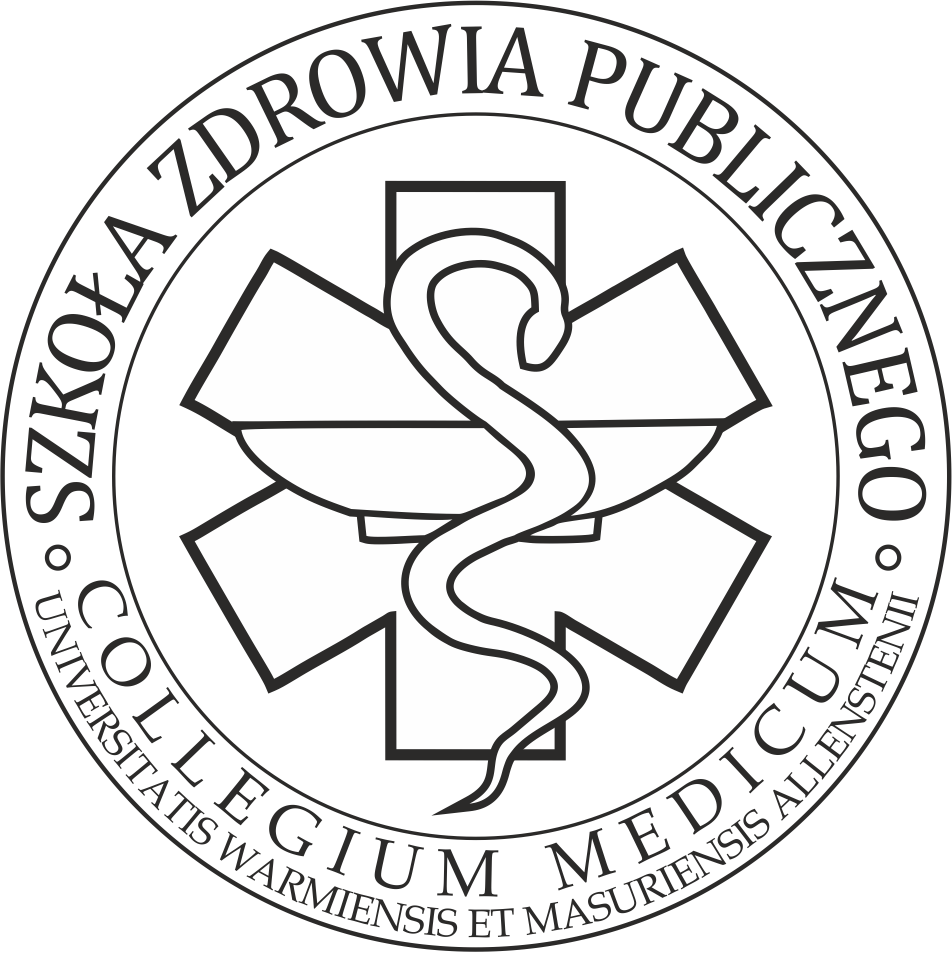Textbooks
LABORATORY DIAGNOSTICS
Seminar
I.SEMINAR 1. Laboratory diagnostics of the liver diseases 2. Laboratory diagnostics of CSF 3. Nutricional deficiencies in laboratory results. 4. Laboratory diagnostics of autoimmunity diseases. II. SEMINAR 1. Laboratory diagnostics of the pancreas diseases. 2. Laboratory diagnostics of the genital system disease (ovaries, testicles, prostate). 3. Influence of lifestyle on laboratory test results. 4. Laboratory diagnostics of borreliosis and Tick-borne encephalitis. III. SEMINAR 1. Laboratory diagnostics of the thyroid disease 2. Tumor markers. 3. Laboratory diagnostics of cardiovascular system. 4. Laboratory diagnostics of leukemias. 4. SEMINAR 1. Laboratory diagnostics of the urinary system. 2. Laboratory diagnostics of body fluid. 3. Electrophoresis and immunofixation. 4. Laboratory diagnostics of anemias. V. SEMINAR 1. Laboratory diagnostics of the endocrinic system (the hypothalamus, the pituitary gland). 2. Laboratory diagnostics of bone diseases. 3. Laboratory diagnostics of pregnant women. 4. Laboratory diagnostics of athletes.
Lecture
Lectures: 1. Place of laboratory diagnostics in the health care system 2. Effect of pre-analytical variability on laboratory results. Types of laboratory errors. 3. Effects of drugs on the results of laboratory tests, therapy drug monitoring. 4. Laboratory diagnostics of emergencies, laboratory diagnosttics of patient's nutriton. 5. Interpreting laboratory values in older adults and newborns.
Classes
1. Laboratory diagnostics of urine system (urinalysis).
2. Specimen collection (systems).
3. Laboratory diagnosis of coagulation system.
4. Water and electrolyte balance and acid-base balance.
5. Serology of blood groups.
6. Point of care system in the laboratory diagnostics.
7. Hematology diagnostics (CBC, ESR, blood smear).
7. Full blood count, ESR /hematology/


